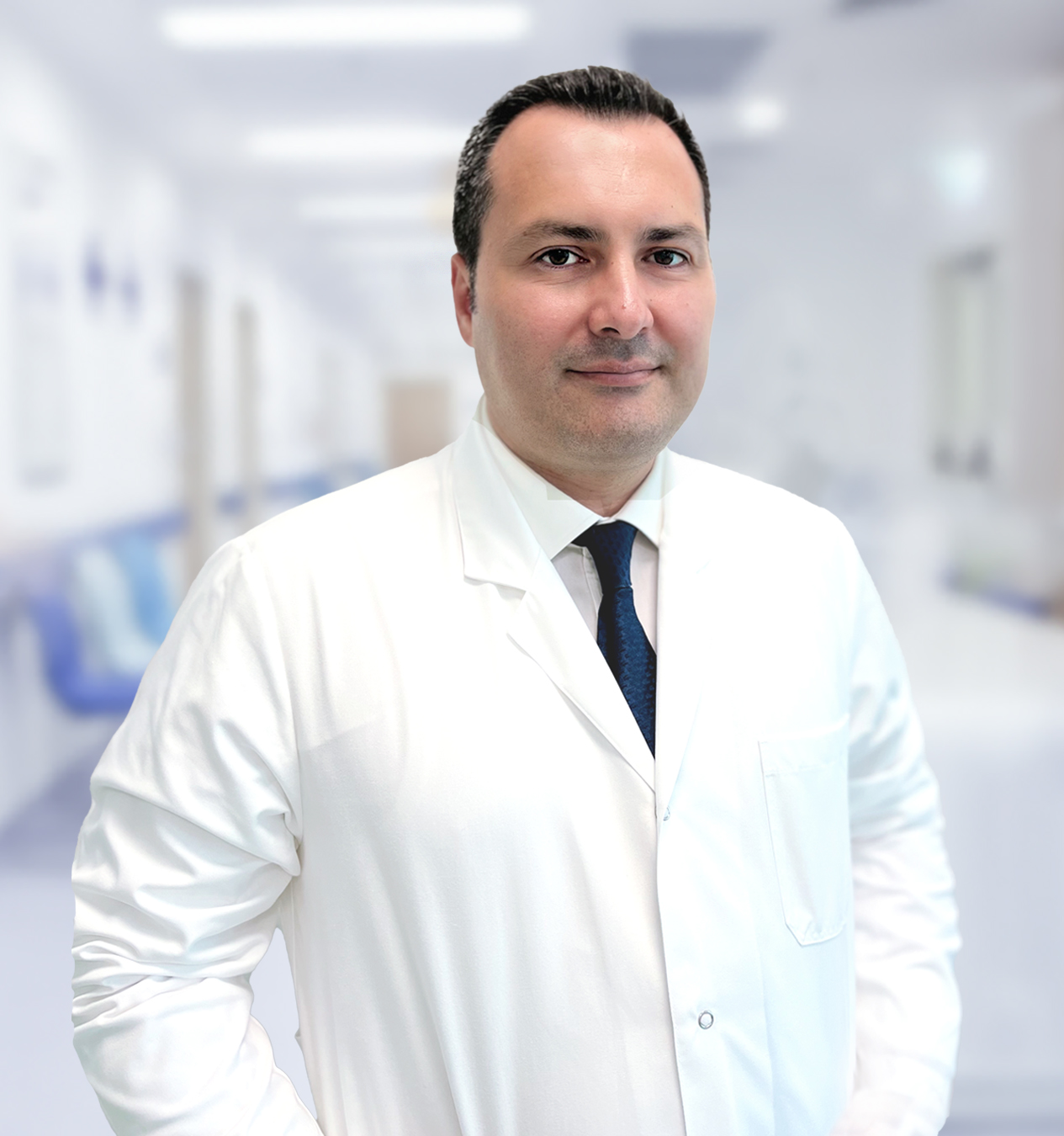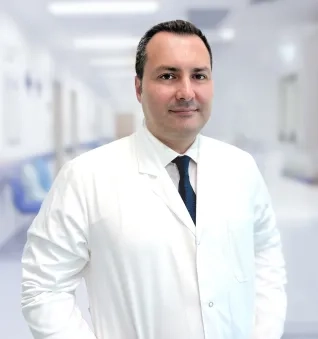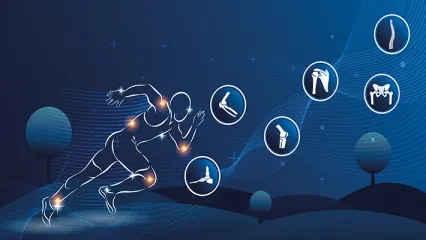Alo Yeditepe
Alo Yeditepe
What is Crooked Leg? Can Crooked Legs Be Treated?
Bandy Leg Appearance Can Be Corrected with High Tibial Osteotomy
Knee joint problems can seriously affect quality of life in middle age and beyond. Orthopedics and Traumatology Specialist Op. Dr. Ömer YONGA states that another problem that occurs especially after the age of 40 is the appearance of braces. Dr. Ömer YONGA said, "Deformity and bending in the legs affects the person both physiologically and psychologically because they occur with underlying problems." Explaining that alignment disorders in the knee joint can be corrected with high tibial osteotomy surgery, Op. Dr. YONGA said, “In this way, aesthetic concerns can be eliminated and the patient's pain can be reduced and mobility can be restored."In addition, it is possible to reduce the need for total knee replacement surgery," he said.
Today, the age group of 40-65 is considered middle-aged people. Naturally, knee problems and cartilage problems become more common with age. Saying that knee problems at these ages should be considered as interconnected problems, Yeditepe University Hospitals Orthopedics and Traumatology Specialist Op. Dr. Ömer YONGA explained: “After the age of 40, problems such as front knee pain, cartilage wear in the kneecap or meniscus injuries are more common. At older ages, cartilage breakdown or osteoarthritis, that is, knee arthritis, may occur as a result. At the same time, connective tissue problems may also occur. Another situation that we see more frequently, especially in recent years, is that people who have never done sports until the age of 40 suddenly start doing sports, injuring their meniscus, cruciate ligaments, and side ligaments, or complaining of tendinitis or bursitis in the connective tissue of the knee.
What Causes Cartilage Wear?
Our expert stated that the complaints of patients after the age of 40 generally develop due to wear between the kneecap and the knee, and attributed this to the increase in the destruction process of our body after the age of 35-40. Orthopedics and Traumatology Specialist: “The balance of the scales in our body begins to reverse after the age of 35-40. The balance changes during the construction and destruction processes; As destruction increases, construction decreases and naturally the aging process begins. As a result, we see an increase in the number of visits to doctors, especially in this age group, with complaints such as difficulty going up and down stairs and noise in the knees. "If no precautions are taken, the wear on the cartilage increases over time," he said.
What Causes Crooked Legs (Parenthesis Legs)?
Another problem that occurs especially after the age of 40 is the condition defined as the appearance of bandy leg. Orthopedics and Traumatology Specialist said that this deformity and bending in the legs affects the person both physiologically and emotionally because it occurs together with the underlying problems and said: “While pain, joint stiffness and cartilage fragmentation in the joint may develop over time, as the age progresses, the bone on the inside of the patient's leg The part becomes more crushed and begins to collapse. There are many factors that cause this condition, and osteoporosis is one of them. Decreased bone density can cause bones to weaken and become deformed, causing the legs to become misaligned. Arthritis in the knee joint can result in wear of the articular cartilage and deformation of the bone, which can cause further damage to the inside of the knee joint and lead to the legs bowing outwards. "In addition, the increase in weight on the knees due to obesity, genetic factors or a trauma may also be effective in the emergence of the bandy leg appearance."
Why Does Height Get Shorter With Age?
Pointing out that the problem becomes more evident in parallel with the increase in body mass index with advancing age, Orthopedics and Traumatology Specialist said, “Patients say, 'My deformity and the appearance of bandy legs have increased in the last 5 years. Moreover, they apply with the complaint that "I have become shorter." "Since the likelihood of osteoarthritis is higher in women than in men, the risk of developing bandy legs increases in women," he said.
Can Crooked Legs Be Fixed?
Stating that patients with these complaints act with certain algorithms in their treatment approach, Orthopedics and Traumatology Specialist gave the following information: “Even if the patient comes with a visibly crooked leg in the first evaluation, we first make an angular evaluation of the patient by taking a leg length radiograph, which we call orthoroentgenogram. In addition, we also evaluate that area with MRI imaging to see how the cartilage tissues and soft tissues in these areas are affected. According to the results, we proceed to the treatment of our patient. First of all, we can give the patient non-steroidal treatments or physical therapy exercises.
After these exercises, when the patient's muscles become stronger, the cartilage tissue becomes stronger and the amount of friction between the kneecap and the knee decreases. We recommend insoles to patients whose angle and degree are not too high. Some custom-made insoles can eliminate patients' complaints by correcting their deformities to some extent over time. However, if the disorder is severe, surgical intervention comes into play.”
Crooked Leg (Parenthesis Leg) Surgery
Orthopedics and Traumatology Specialist stated that tibial osteotomy surgery, which is performed to correct bracket leg or X leg deformities to reduce pain by transferring the load from the area to the healthy side, as well as increasing mobility by providing better alignment in the knee joint. As a result, by redistributing the pressure applied to the knee joint, it is possible to extend the life of the joint and delay larger surgical procedures such as total knee replacement.”
How Long Does It Take to Heal After High Tibial Osteotomy Surgery?
Underlining that tibial osteotomy surgery performed with the help of arthroscopic surgery is a very effective treatment method for the right patients, the Orthopedics and Traumatology Specialist continued his words as follows: "Our patients are enabled to fully open and close their knees after the surgery. Once it is seen that the joint openings are sufficient and the pain is under control." Then, we get our patients to stand up completely within two days. Then, we allow them to walk with a walker by giving partial weight to the operated leg. Although this procedure can be done on both legs at the same time, it takes approximately two months for the patient to be able to fully step on the leg. The next process is carried out together with physical therapy. In this surgery, our patients' ability to return to their normal lives by walking without support seems to be later than total knee replacement surgery, but the biggest benefit is that our patients continue their lives without the need for prosthesis surgery.
About
Faculty and Year of Graduation:
Erciyes University Medical Faculty, 2011
”
See Also
- What are Hip Joint Diseases? Causes and Treatment
- What is Hallux Rigidus (Stiff Big Toe/Toe Arthritis)? Symptoms and Treatment
- What is Hallux Valgus (Bunion)? How is it Treated?
- What is a Bone Tumor? Bone Tumor Symptoms
- Wrist Pain Causes and Treatment
- Ergonomics in Automobiles Prevents Accidents
- Don't Underestimate Bone Pain That Doesn't Make You Sleep and Doesn't Relieve With Medication
Alo Yeditepe




